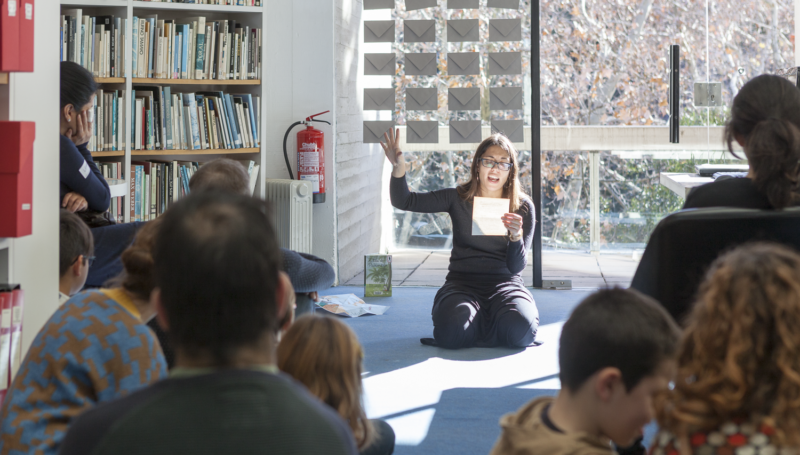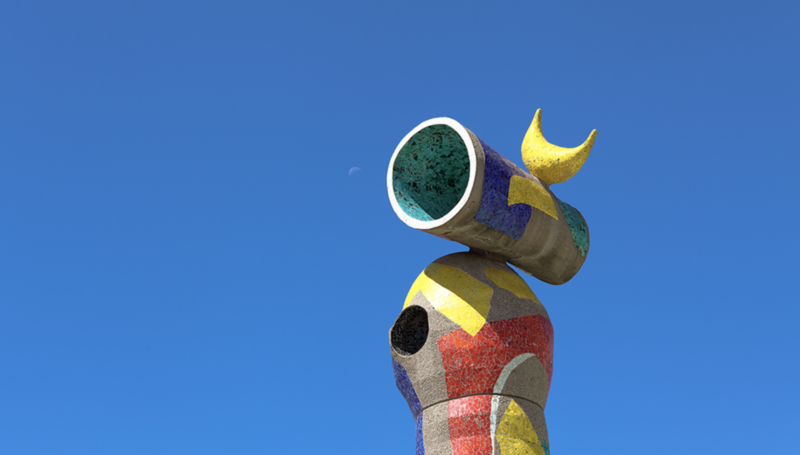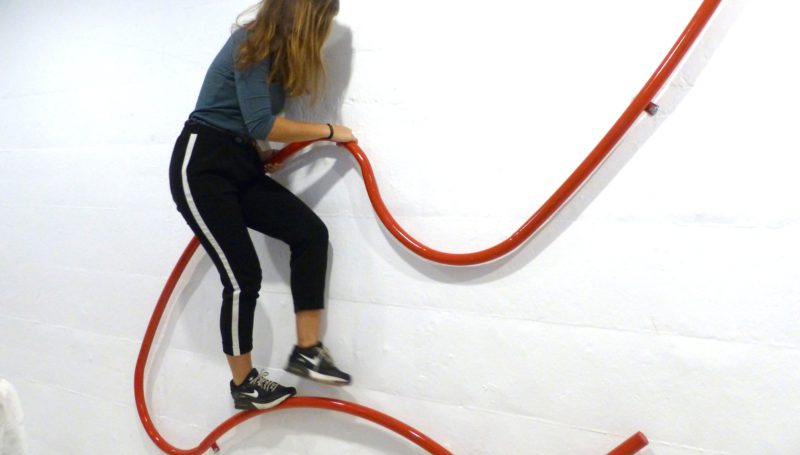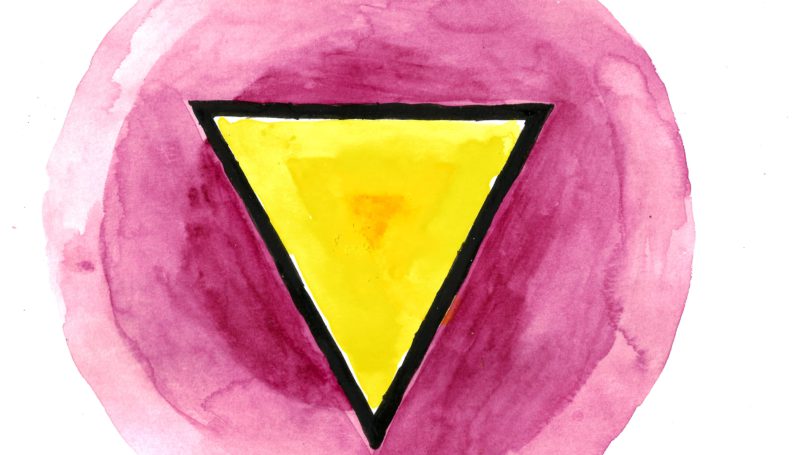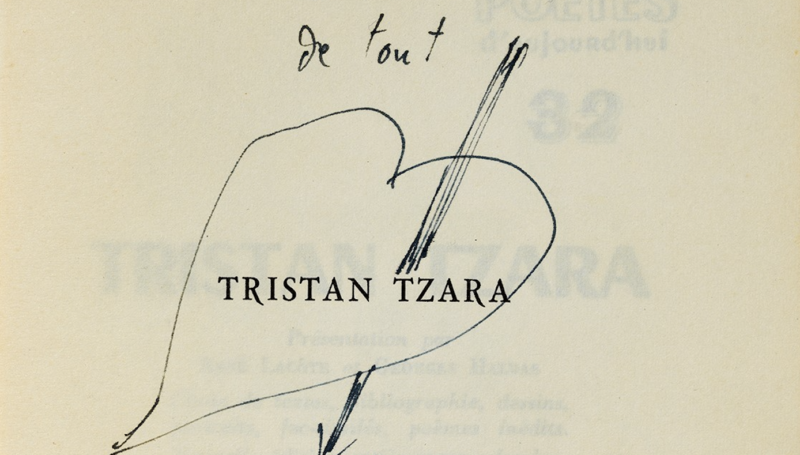
Letters that matter
Museums collect and exhibit the most familiar side of artists, their works of art. In their effort to make them known, however, certain anecdotes are often lost, many of which will only come to be revealed by chance or through the tenacity of someone with a curious, analytical approach. Pedro Azara, architect and Professor of Aesthetics at the Barcelona School of Architecture, has uncovered a facet of Miró’s personality, of his way of approaching things and of relating with his friends, revealed in the determined coherence of a gesture.
Continue reading Letters that matter




